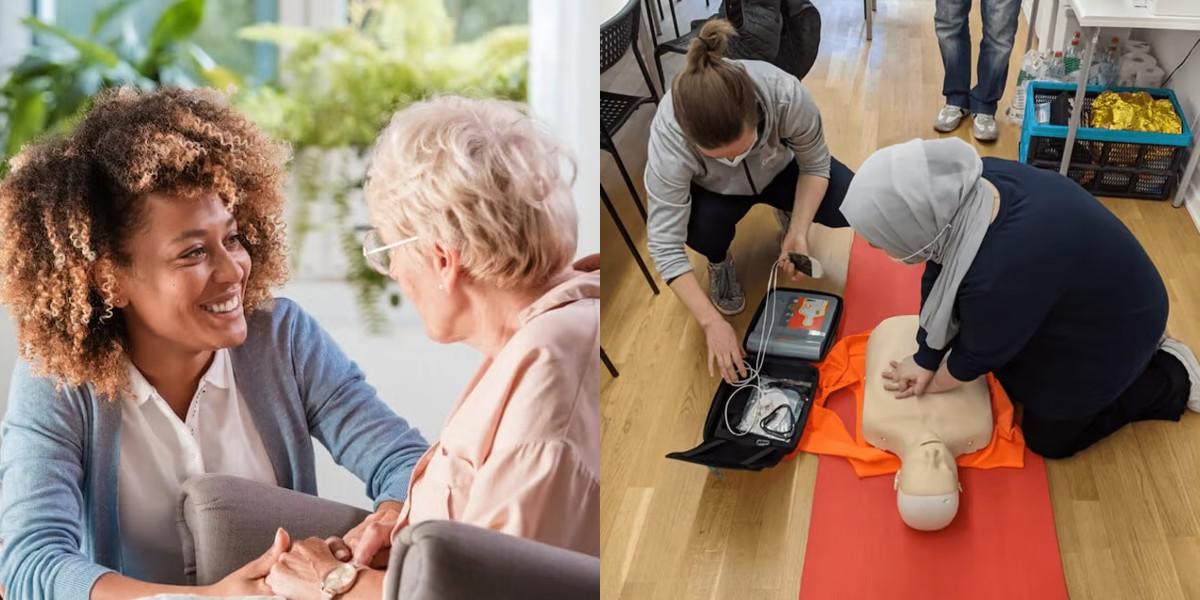Caregiver vs CPR-BLS

Key Points:
- Caregivers provide personal care and support to individuals, while CPR-BLS professionals focus on emergency medical care and life-saving techniques.
- Caregivers may have a lower average pay compared to CPR-BLS professionals, who often work in healthcare settings with higher pay.
- Caregiving jobs are in high demand, while CPR-BLS roles are more specific to healthcare and emergency services.
- Caregiving training can be done online or in-person, while CPR-BLS training is typically in-person and hands-on.
- Caregiver training is generally more affordable and shorter than the extensive training required for CPR-BLS certification.
Caregivers and CPR-BLS professionals play vital roles in the healthcare industry. They both provide essential care to individuals in need, but their job responsibilities and training differ. Understanding the differences between these two roles can help individuals make informed decisions about their career paths.
Caregiver vs CPR-BLS: Career Outlook and Salary
Caregiver:
- The demand for caregivers is expected to increase in the coming years due to the aging population and the need for long-term care services.
- According to the Bureau of Labor Statistics, the median annual wage for caregivers was $25,710 as of May 2020.
CPR-BLS:
- The demand for CPR-BLS professionals is also expected to increase, as emergencies can happen at any time and in any setting.
- The median annual wage for emergency medical technicians (EMTs) and paramedics, which includes CPR-BLS professionals, was $36,650 as of May 2020, according to the Bureau of Labor Statistics.
Final Thoughts
While both caregivers and CPR-BLS professionals play important roles in the healthcare industry, they have distinct job responsibilities and training requirements. Caregivers provide daily assistance and support to individuals who are unable to care for themselves, while CPR-BLS professionals are trained in emergency medical procedures and provide immediate care in life-threatening situations. Both roles offer opportunities for meaningful work and the ability to make a difference in the lives of others.
Dreambound strategically offers its educational programs in diverse locations. To gain a thorough insight into the exciting opportunities within these two vocations, we encourage you to explore more detailed information by visiting:

Fel is a student support representative who guides enrollees to the right program and answers their queries. She's committed to helping students and takes pride in her work. In her free time, she enjoys sightseeing and hanging out with loved ones.



